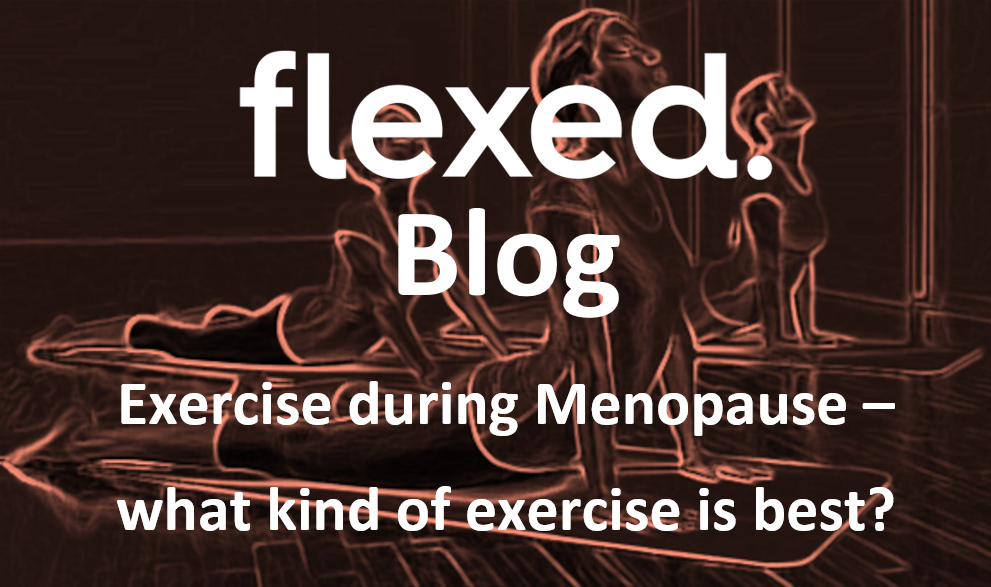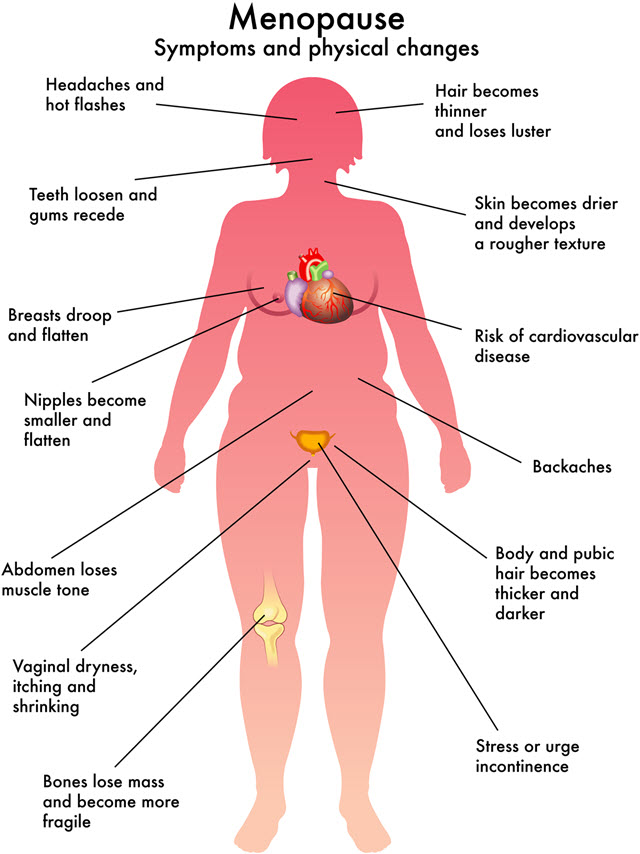Exercise during Menopause – what kind of exercise is best?

As we know, exercise is important for good physical and mental health during all stages of life.
So why is exercise even more so important for women going through menopause? And what kind of exercise is best?
Firstly, lets clarify exactly what menopause is and what it means for women at this time.
Menopause refers to the end of menstruation and reproduction – this is generally around 12 months after the last period. It generally occurs between the ages of 40 and 58 years. During menopause women undergo a time of significant change, whereby the symptoms and emotions attached with the influx of hormones can impact on day-to-day life, mood and physical ability.
The main symptoms of menopause are a result of decreased levels of oestrogen which is no longer being produced by the ovaries. These decreased levels create changes in the skin, body shape, facial hair and can increase pre-disposition to various conditions.
Some of the changes associated with menopause include:
- Body shape – weight gain, decreased BMR (basal metabolic rate) and altered fat distribution which tends to favour the midline
- Vasomotor system – hot flushes, dizziness, palpitations, headaches and fainting
- Urogenital – possible increased urinary urgency, frequency and incontinence
- Connective tissue – aches and pains, skin changes
- Psychological – mood changes, anxiety, fatigue or loss of drive
- Musculoskeletal – decreased muscle mass, joint changes and decreased bone density
- Increased risk of various conditions – osteoporosis, osteoarthritis, cardiovascular disease, stroke, diabetes
So how can exercise benefit at this time?
Exercise can play a large role for menopausal women as it can assist with weight management, decrease musculoskeletal complications, boost mood and maintain fitness. Some of the main benefits include:
- Improved cardiovascular fitness
- Preserving/improving muscle strength and mass
- Assisting with weight control
- Preserving bone density
- Decreasing any physical problems and risk of associated conditions
- Improving balance and core stability
- Boosting mood
What kind of exercise is best during menopause?
Women need a variety of different exercises at this time, including, aerobic, resistance, balance, pelvic floor, core stability, posture and flexibility exercises. It is important to do a combination of these different types of exercises as they all have varying benefits that can help with symptom management.
Aerobic – At least 30 minutes of weight bearing activity, at a moderate intensity, three to four times per week, is beneficial for assisting bone density. Some moderate intensity exercises include walking, bike riding, dancing etc. Intensity can be modified depending on previous fitness levels and if any musculoskeletal or pelvic floor concerns.
Resistance training – Can assist in maintaining/improving both strength and bone density. Some resistance training may require modification to accommodate for different musculoskeletal complaints.
Balance training – Balance exercises can enhance proprioception, reactions and balance as well as confidence and decreasing risk of falls and injury.
Pelvic floor – We use our pelvic floor daily when we laugh, cough or jump (quick contractions) and well as for long periods of time, so as the pelvic floor is more at risk of weakness during menopause it is important to train the pelvic floor muscles. We need our pelvic floor to be strong in all positions, so it is best to complete exercises in a variety of positions. eg. sitting, standing, kneeling and lying.
Core stability – With altered body shape and posture being vulnerable, it is certainly a time to encourage core awareness and recruitment of core muscles. Core control can be included in all exercises.
Posture – Musculoskeletal changes and increased risk of osteoporosis make posture an important focus. Therefore, including postural cues and engaging postural muscles into training is of great benefit at this time.
Flexibility – This is important in maintaining muscle length and range of movement.
Pilates offers a great exercise option for women going through menopause. Pilates not only offers an exercise program that improves overall health it can also help to improve your core strength, postural awareness, balance, flexibility, co-ordination and control.
If you are currently going through menopause and would like help managing your symptoms than feel free to come and chat to one of our friendly Flexed staff members. Here at Flexed we are more than happy to assist you with symptom management, any aches or pains, weight management and exercise programs. Our team here can offer Physiotherapy, Massage, Pilates, Functional Training as well as a Dietician to offer any nutritional advice.
With the appropriate information, nutrition and exercise menopause can be seen as a time where women can feel empowered and energised.
Physiotherapist


